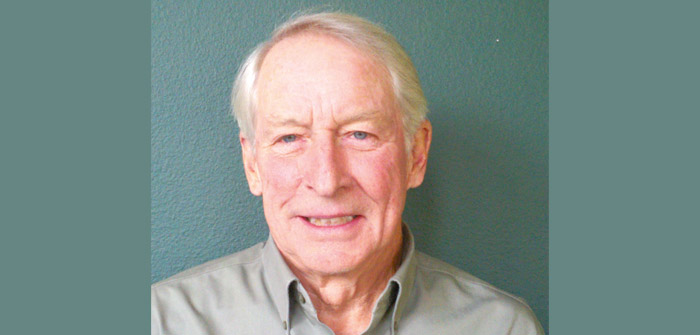It seems every week another organization recognizes Bend as one of the fastest growing cities in the country. Recently the Millikan Institute noted Bend/Redmond is again the best performing small region in the country, as it was from 2011 to 2016. The impact of this growth has just been dramatically recognized in a chamber of commerce sponsored survey of residents that showed 60 percent of residents now view growth as negative.
Yet in the face of this the City of Bend continues to promote growth using tax dollars. It has spent hundreds of thousands of dollars on staff and consultants that otherwise would be used for schools, roads, public safety etc., to promote more urban renewal districts. Their persistent promotion of Urban Renewal Districts (URD’s) leads to the following observations:
- Our city’s biggest problem is clearly dealing with its explosive growth. So why is the city staff so determined to promote more growth with more urban renewal districts, especially given its poor record.
- City staff is determinedly promoting URD’s, which takes tax money from schools, police, roads and all other taxing authorities to subsidize development in designated areas. URD’s give big benefits to developers, landlords and property owners in said area.
- For several years city staff has pushed hard on a “feasibility study” to justify a URD on central Third Street and the surrounding area. Believe me it is not a true feasibility study weighting all pros and cons, it is an effort with favored consultants to manipulate numbers to justify staff’s pre-determined conclusion.
- Consider Bend’s record with URD’s. The Juniper Ridge URD original projection of June 3, 2005 was for a tax increment for 2019 of $2,150,000. Just two months later, on August 2, 2005 this was increased to $3,570,000, apparently to make the project look more feasible. The actual tax increment this year is $1,185, 000, or less than one-third what the experts projected. A pretty pathetic record.
- Consider too a report to city council in December 2015. Staff described Juniper Ridge as “absolutely visionary planning” and a “very forward looking, very beautiful type of development”. In fact Juniper Ridge is clearly an unmitigated disaster. There are two companies there, and there has been no new business for the past ten years. Quite a disconnect between visionary and reality.
- Will staff re-create the “absolutely visionary Planning” in the proposed Central District URD? Hint, I think they will propose a bunch of five story building like the apartment proposed for next to the skating rink. Is that what Bend citizens want?
- The big lovers of URD subsidies are of course the potential beneficiaries — developers, landlords and property owners. And staff who accumulate immense power by increasing their control on development and promoting what they think is “visionary”.
- The big losers of URD’s are other taxing districts who lose all the taxes from the increasing value in the district. For example, the Juniper Ridge received over $1.5 million this year that otherwise would go to schools, police, roads, the county, parks, 911, etc. This goes on for 20 years or more. That district also receives another $1.5 million directly from tax payers. Quite a cost for a disastrous development. Worth repeating?
- Other than Juniper Ridge, how beneficial is an urban renewal district? The city has one other URD — Murphy Road which has shown a similar failure to meet projections. Or consider that a dozen years ago the city spent considerable effort promoting a URD as essential for development at the city’s airport. Because it was outside the city, it required approval by Deschutes County. The County rejected it because it would rob funds from all the other local governmental units. And the result — substantial development without subsidies!
- Urban renewal districts are justified as a way to improve impoverished and blighted neighborhoods. Our city appears to look at them differently. The city’s “Bend UGB Implementation Study” points out that UGB’s “work best where assessed values are likely to grow quickly”. In other words, areas that are trending up, not declining poor areas. The report also expressed concern that one of their proposed URD’s the “interest in development near term is such that the city might miss the opportunity to capture the tax increases” if it didn’t move fast enough. Are these areas that really need tax subsidies?
- This study also pointed out that Local Improvement Districts “are much more easily formed”. LID’s also do not rob from other taxing districts (Juniper Ridge gets almost $500,000 annually from the school district). Instead the funds raised for the benefit of the district are paid by property owners in the district — the beneficiaries of those expenditures.
- The incredible growth in our city, achieved without tax subsidies, is the envy of all. Think of the Old Mill District and Northwest Crossing. They certainly do not support the notion that we need to subsidize development by taking money from schools, roads and other community needs.
I am reminded of two famous quotes:
Albert Einstein once asked, “Why do people keep doing the same thing over and over and expect different results?”
and
Winston Churchill once said, “However beautiful the strategy, you should occasionally look at the results.”
I hope the city council looks and puts a stop to these wasteful programs.





